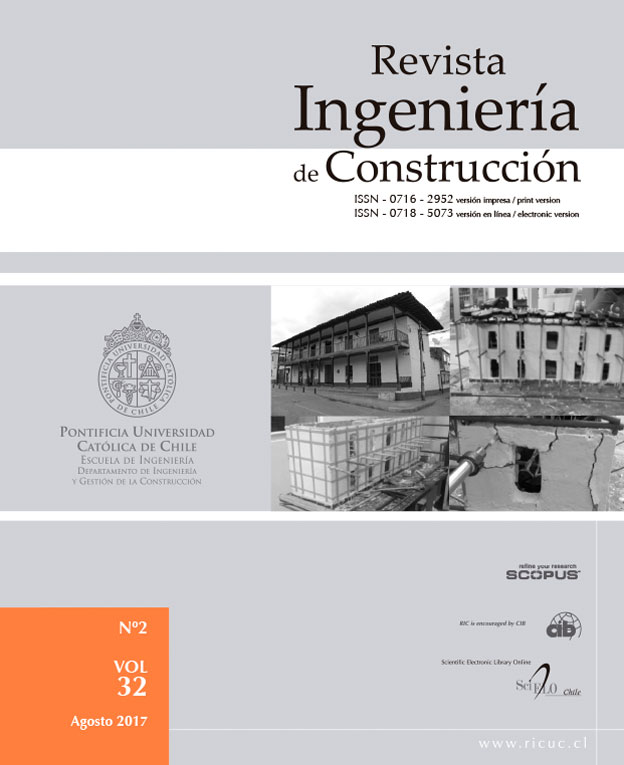Alkaline activation of different aluminosilicates as an alternative to Portland cement: alkali activated cements or geopolymers La activación
Keywords:
Alkali activation, geopolymers, slags, fly ash, activatorsAbstract
Portland cement is considered an excellence building material. This is due mainly to its high performance, its good quality/price ratio and the raw materials from which it is made can be found almost everywhere in the world. However, the development of alternative Portland cements obtained through processes involves lower emission of CO2 into the atmosphere is a priority research and great interest worldwide. Alkaline activation constitutes an alternative to Portland cement, preferably amorphous or vitreous aluminosilicates and alkaline activator (such as NaOH, Na2CO3 or sodium silicates hydrates). The aluminosilicates may be natural products such as metakaolin or industrial by-products such as blast furnace slag or aluminosiliceous fly ash. These cements and concretes obtained by alkaliactivating aluminosilicates are characterised by high mechanical strength, low heat of hydration and high impermeability, as well as resistance to high and low temperatures and sulphate, seawater and acid attacks. Moreover, the preparation of these alkaline cements requires lower energy than in the manufacturing process of Portland cement. However, we still cannot say or establish that alkaline cements (alkali activated materials or geopolymers) are based on a clean chemical to the environment, due to production processes of alkaline solutions such as sodium silicates emit large amounts of CO2 into the atmosphere. This article aims to make a trip back in time to the origins of the alkali activation to explain the most characteristic and important chemical concepts.

